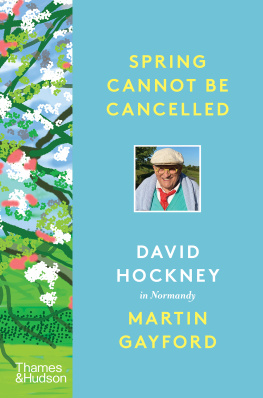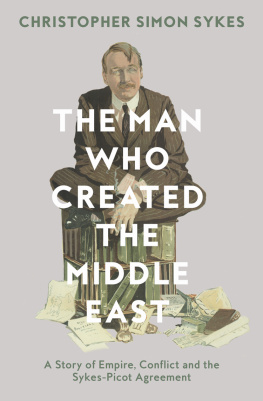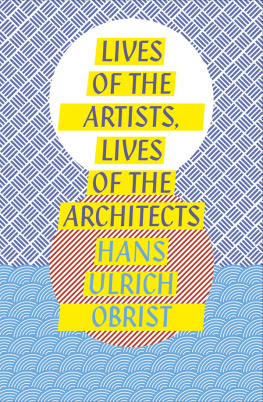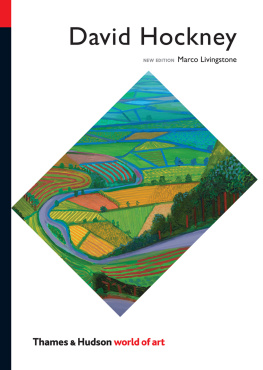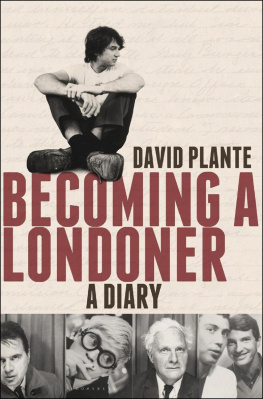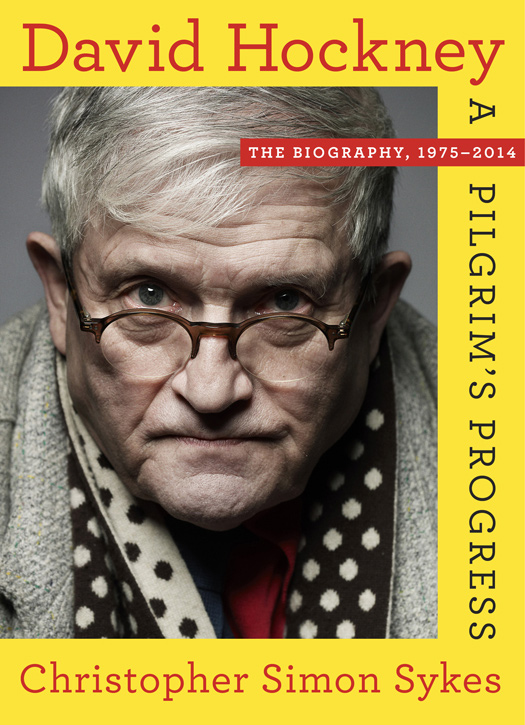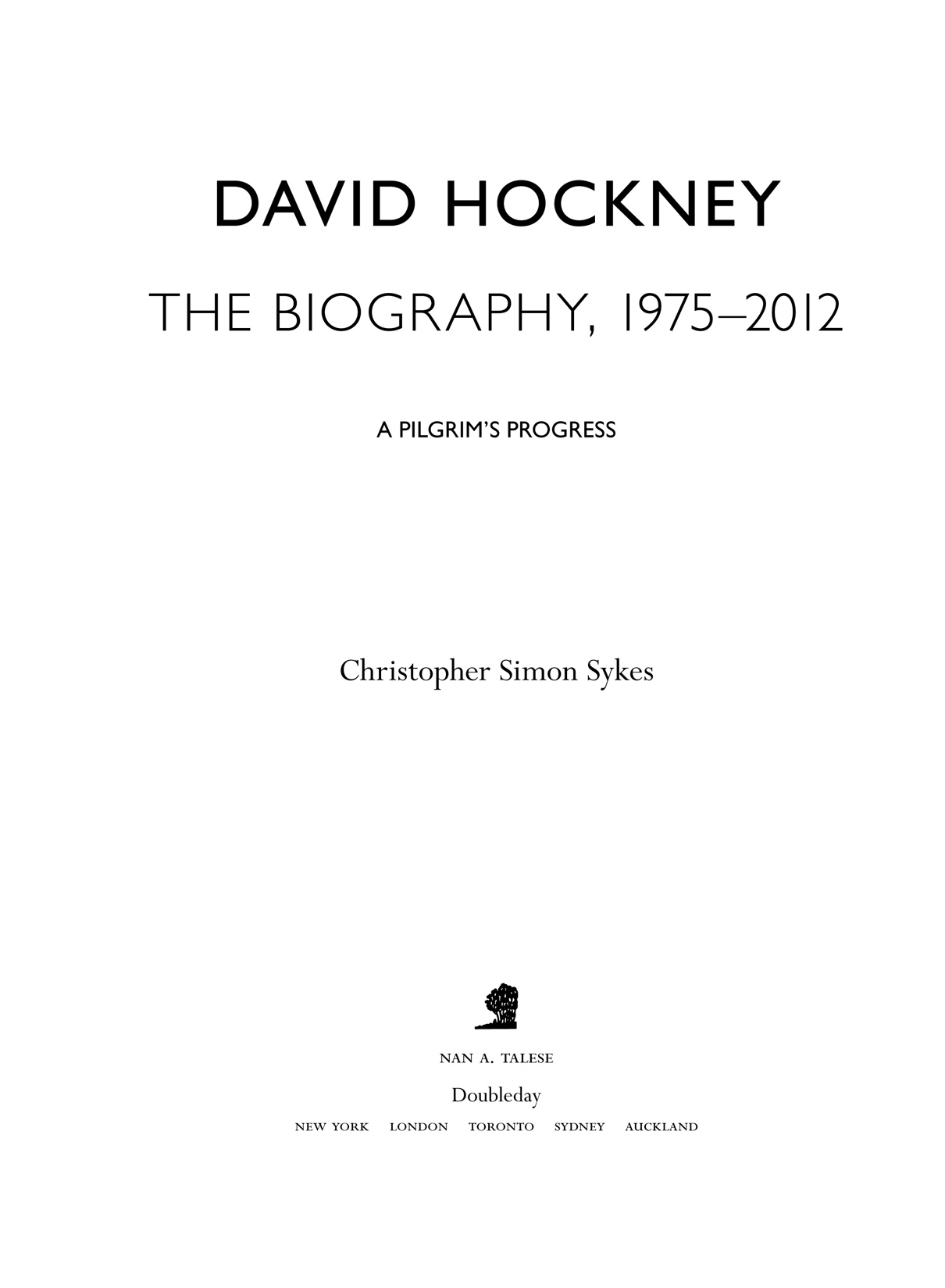All rights reserved. Published in the United States by Nan A. Talese / Doubleday,
a division of Random House LLC, New York, and in Canada by Random House of
Canada, Limited, Toronto, Penguin Random House companies.
DOUBLEDAY is a registered trademark of Random House LLC. Nan A. Talese and the
colophon are trademarks of Random House LLC.
PROLOGUE
When David Hockneys mother was once told by one of his friends, You must be very proud of your son, she replied, Oh yes! To be Mayor of Bradford! She was referring to her eldest son, Paul. David was the fourth of five children born before and during the war to a working-class couple, Kenneth and Laura Hockney. Kenneth, a radical thinker, was a clerk in a dry-salters, earning a meagre wage, and the fact that he was also a conscientious objector meant that the family received no government assistance when he lost his job. He therefore had to rely on his wits, and he started a business restoring prams, which he painted to look like new. This was the young David Hockneys first introduction to any kind of art. He was soon drawing with chalk on the lino floor, on a blackboard in the kitchen, and scribbling in pencil all over his brothers comics.
Despite the hardship and lack of money, the Hockney children wanted for little, least of all a good education, which their parents saw as the most important thing in their lives, and in 1947 David won a scholarship to Bradford Grammar School. But, in spite of being one of the brightest boys in the school, he mostly languished in the bottom classes, having discovered that these were the only ones in which art was taught on a regular basis. Even here, however, he found little encouragement, his form mistress at one point writing on his report, He should realise that ability in and enthusiasm for art alone is not enough to make a career for him. Eventually, he was allowed to apply for a place at Bradford College of Art, and he now views the four years he spent painting and drawing chiefly from life as having been vital to all his later work.
Hockneys output at Bradford secured him a place at the Royal College of Art in London, where he went in the autumn of 1959, joining an intake that included Allen Jones, Derek Boshier and R. B. Kitaj. On many levels this was an eye-opener for Hockney. He found a freedom among the rebellious students that set his work in a new direction, and he discovered his sexuality, coming out unashamedly as being gay. His work blossomed. He dabbled in pop art, with his Tea paintings, and produced several gay propaganda pictures such as Doll Boy and the Love paintings, all of which were shown in the Young Contemporaries exhibition of 1961, a defining moment in his career as he attracted the attention of his first dealer, John Kasmin, whose gallery in Bond Street was to be the first to show his work.
It was while he was a student at the Royal College that Hockney made his first trip to the USA, another highly significant experience for him. He was blown away by New York, and by American culture in general. After watching an advertisement on TV for a hair-colouring product, Clairol, which suggested that Blondes have more fun, he went out and dyed his hair, returning home a peroxide blond, wearing white shoes and smoking cigars. It was a look which, along with his large round-rimmed spectacles, was to define him for years to come. He also returned fired up with inspiration, the result of which was one of his most memorable works, A Rakes Progress, his own version of Hogarths series of paintings depicting the downfall of a young neer-do-well in eighteenth-century London, now transported to twentieth-century New York.
After leaving the Royal College in July 1962, complete with the rarely awarded Gold Medal, Hockney set himself up in a flat in Powis Terrace in Londons Notting Hill, then an area noted for its profusion of slum properties, mostly divided up for West Indian tenants or poor students. It had two large rooms, one of which became his first studio. He slept in the other room, and at the end of his bed was a chest of drawers on which he painted in large capital letters the words GET UP AND WORK IMMEDIATELY, a practice he has followed throughout his life. With Kasmins encouragement he had soon painted enough pictures to hold his first exhibition, Paintings With People In, which opened to great acclaim at the Bond Street gallery in December 1963. By then his name was beginning to be on everyones lips as the new wunderkind of the London art scene.
The shows success gave Hockney enough money to realise his next ambition, which was to spend a year in America. When he visited Los Angeles he was blown away by the beaches, the boys and the architecture, and driving through the streets one day, he realised that no one had ever really painted the city, and decided that he would become the Piranesi of LA. He soon found himself a small studio and began to paint the local architecture. He also explored the art scene on La Cienega Boulevard, and made a number of artist friends, such as Bill Brice and Ed Ruscha. More importantly he struck up a friendship with Christopher Isherwood and his boyfriend, Don Bachardy, which was to prove one of the most significant of his life. It was the first time he had come across a gay relationship that was like a marriage.
Over the next few years, Hockney returned to LA frequently, and it was on one of these trips, in the summer of 1966, when he had a job teaching art at UCLA, that he met and fell in love with a young student, Peter Schlesinger, who was the first real love of his life. They set up house together in a tiny apartment on Pico Boulevard, and it was here that Hockney produced some of his most iconic paintings, starting with Beverly Hills Housewife and including A Bigger Splash, both pictures establishing him as the chronicler of life in LA. It was one of the happiest and most productive times of his life. In the autumn of 1968, they moved to London so that Schlesinger could take up a place at the Slade School of Art. Hockney was only too keen to show off his boyfriend, and Powis Terrace became the setting for large weekend tea parties, to which invitations became much sought-after.




